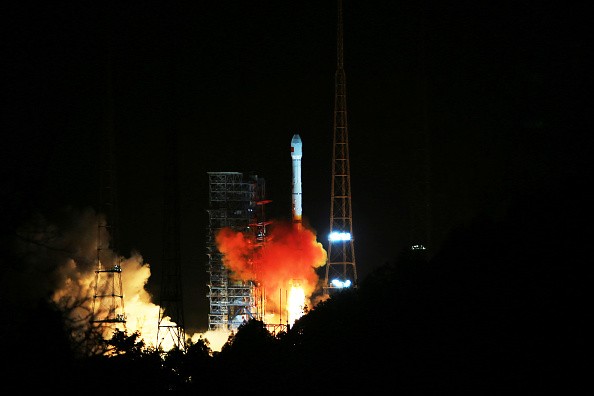China's Tianlian I-04 satellite was successfully launched on Tuesday, Nov. 22, at 11:24 p.m. Beijing time, on a Long March-3C carrier rocket from the Xichang Satellite Launch Center in Sichuan Province.
At least 10 or more satellites are planned to be launched next year, the Xinhua News Agency reported.
The satellite, which was developed by China Academy of Space Technology under the China Aerospace Science and Technology Corporation, will join three other satellites previously sent in orbit for the country's global network operations.
According to the center, the network of satellites will help in data relay, measurement and control services for the country's manned spacecraft, space labs and space stations.
It will also provide date relay services to China's medium- and low-Earth orbiting resources satellites, including measurement and control support for launching of spacecraft.
China's first data relay satellite, the Tianlian I-01, was launched in April 2008 while the second was sent in July 2011 and in July 2012, the third satellite was launched.
For the Long March series, the launch of the Tianlian I-04 was its 241st mission.
China launched its first experimental communications satellite in 1984 at the Xichang Satellite Launch Center. Since then, more than 100 spacecraft have been launched by the center, which included 20 BeiDou navigation satellites and Chang'e-1, the country's first lunar probe.
In August, China launched the world's first satellite to do research on quantum communication in space for the $100-million Quantum Experiments at Space Scale (QUESS) mission.
The spacecraft named Micius, after the ancient Chinese philosopher, will conduct experiments for the next two years and demonstrate the feasibility of quantum communication between Earth and space. It will also test quantum entanglement over extraordinary distances.
China is investing heavily to finance the country's space ambitions while include the first exploration to the dark side of the moon and sending a probe to Mars in 2020, which is seen as a direct challenge to U.S. and European space agencies.



























